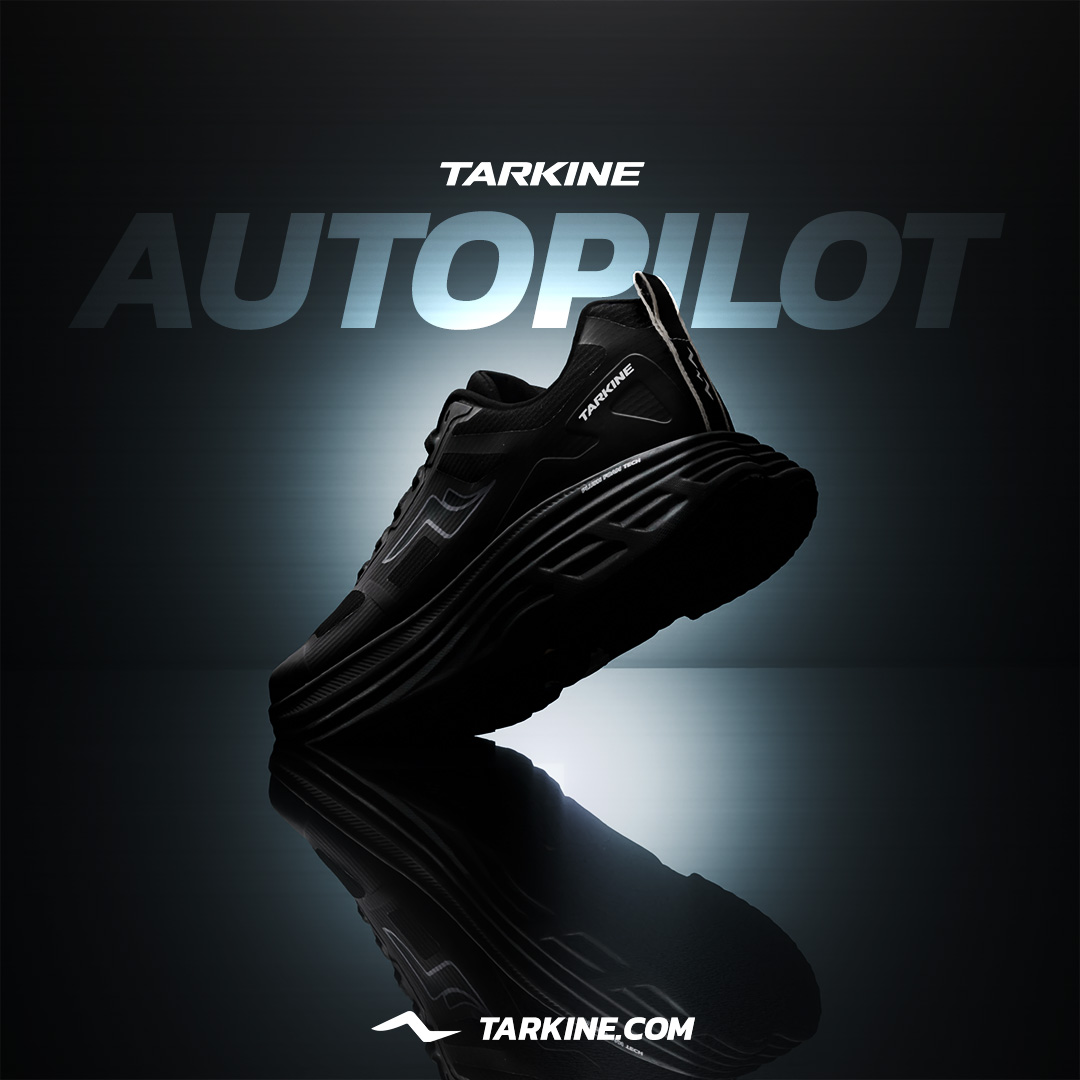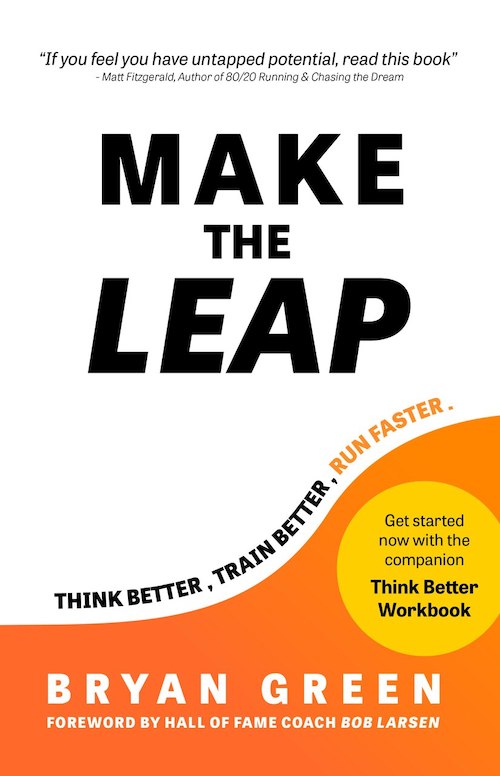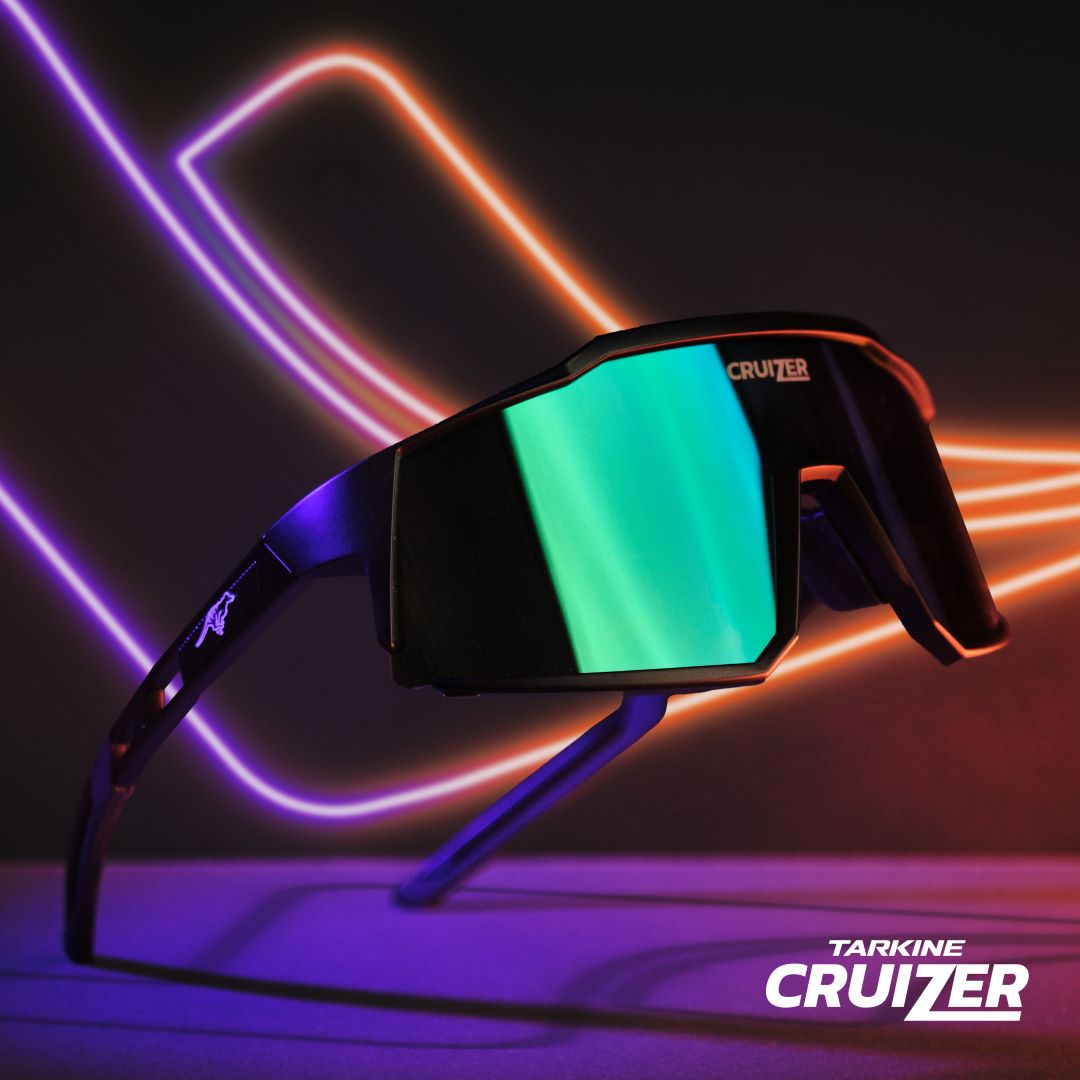Running isn’t always about pushing through nonstop. Sometimes, the best way to the finish line is to take a break. Enter the run/walk method—a strategy that involves adding planned walk breaks to your runs. This approach can help you fight off fatigue, improve your race times, and even unlock distances you never thought possible.
For proof, look no further than Marc Burget, who used this method to win the 2016 Daytona 100-mile ultramarathon in 14 hours and 14 minutes—a course record at the time. Despite the stigma of walking, the strategy worked for him and can for you, too.
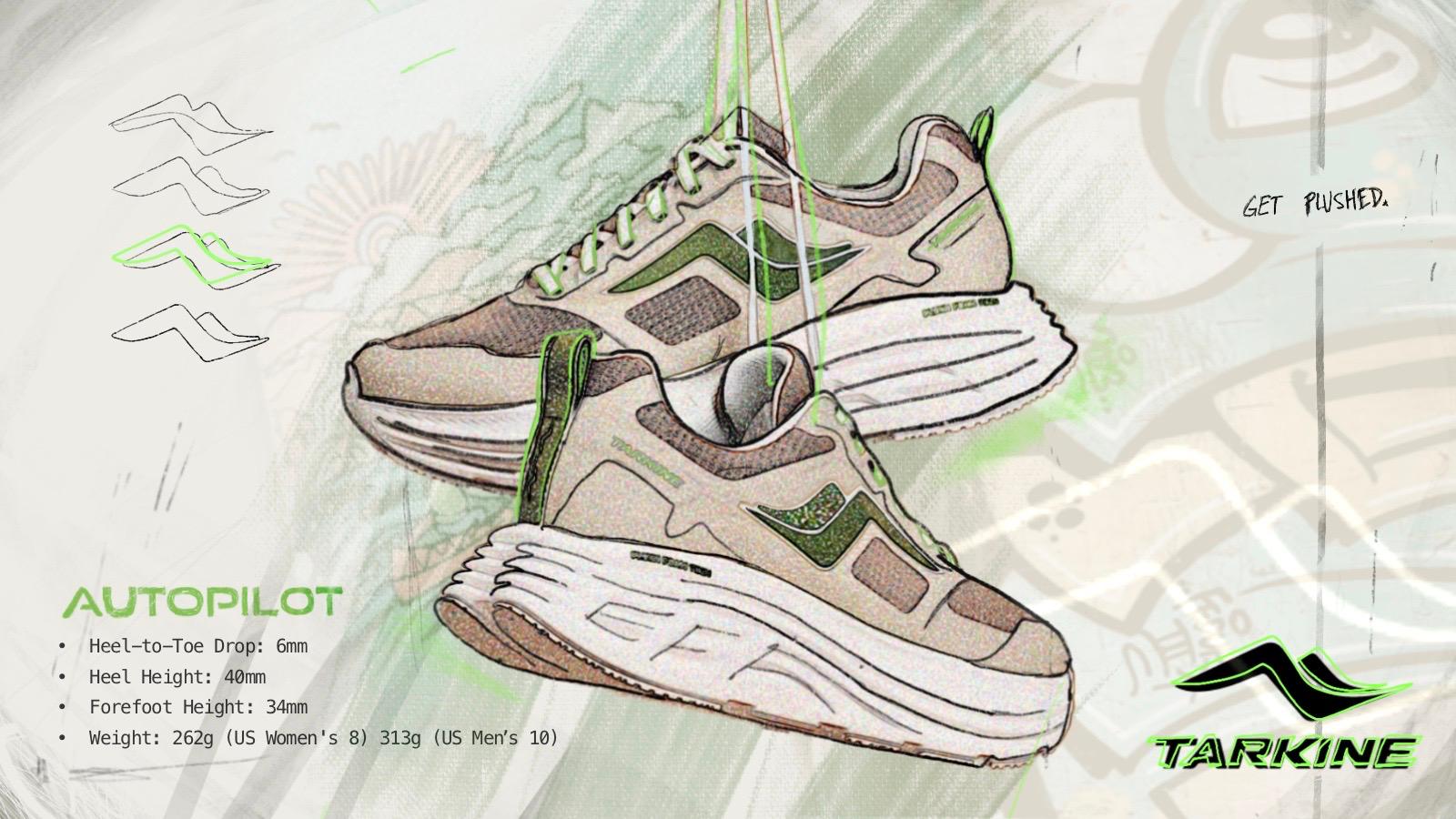
Why Walk? It’s Faster Than You Think
You might assume that slowing down for a walk would delay your race, but it can actually help you finish faster. A 2016 study published in the Journal of Science and Medicine in Sports found that runners who used the run/walk method in a marathon reported less muscle pain and fatigue—and finished with similar times to those who ran the entire distance.
Here’s how it works: walking provides recovery breaks for your muscles, allowing you to conserve energy and maintain your pace over the long haul. According to Chris Twiggs, chief training officer at Galloway Training Programs, “When you walk during your run, you are investing in the bank of energy.”
How the Run/Walk Method Works
Start by determining your race goals and your ideal pace. For instance, if you’re aiming to complete a marathon with an average pace of 8 minutes per mile, try running for 9-tenths of a mile at a 7:40 pace, then walking for 30 seconds. This way, you still complete each mile in about 8 minutes.
As you practice, you’ll develop a feel for the intervals that work best for you. Marc Burget, for example, switches between three minutes of running and 30 seconds of walking, or sometimes runs 0.3 miles before walking 30 seconds—depending on his race plan. He even completed a marathon in 2:50 using six-minute runs with 15-second walks.
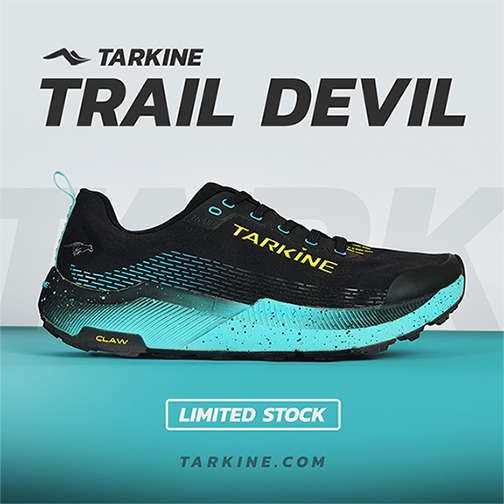
The key is consistency. Whether you use time-based intervals (like running for 30 seconds, then walking for 30 seconds) or distance-based intervals (walking the last tenth of every mile), sticking to a regular rhythm will help you save energy and finish strong.
Who Benefits from Run/Walk?
The beauty of the run/walk method is its versatility. Whether you’re an experienced marathoner or just getting started, this strategy can work for you. And it’s not just for ultrarunners like Burget and Twiggs—runners of all fitness levels can benefit.
But it does take practice. Burget recommends studying the course and planning your walk breaks around water stations or hills. Walking hills can help you conserve energy and maintain a strong pace when running on flatter terrain.
Going the Distance with Run/Walk
The run/walk method isn’t just about faster finishes—it can also help you go farther. By giving your heart, muscles, and joints regular breaks, you’ll be able to run longer and recover quicker. In fact, Burget used this technique to run seven marathons in seven days, finishing five of them under three hours. For each race, he took a 20-second walk every mile.
 To progress to longer distances, you can adjust your intervals by either shortening your walk breaks or speeding up your runs. Alternatively, keep the same ratio but add more intervals to extend your overall distance.
To progress to longer distances, you can adjust your intervals by either shortening your walk breaks or speeding up your runs. Alternatively, keep the same ratio but add more intervals to extend your overall distance.
Takeaways: Run Smarter, Not Harder
Incorporating the run/walk method into your training and racing routine might just be the secret to achieving your goals—whether it’s finishing faster, running farther, or even participating in back-to-back races over a weekend.

By giving your body small, regular breaks, you can keep fatigue at bay, build strength, and recover faster. So next time you lace up, don’t be afraid to mix in a walk—you might just surprise yourself with what you can accomplish.






















